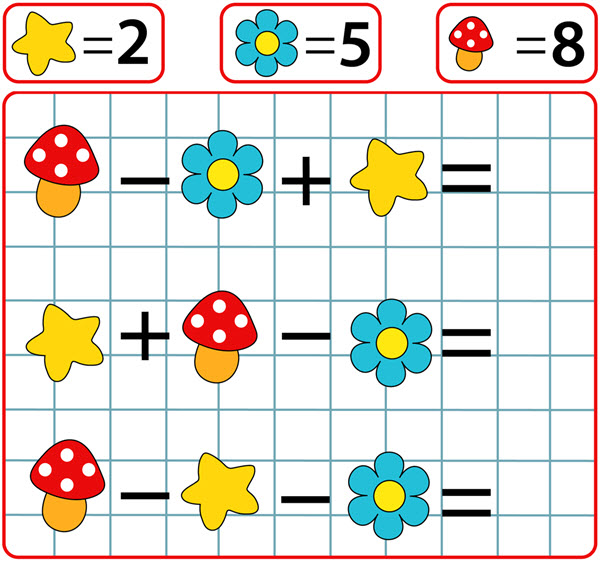

They count the rungs while climbing up the ladder to the loft. They describe, sort, and count objects in the discovering science center and look for patterns while on a nature walk. They repeat rhythmic patterns as they dance. Children measure as they clap out the beats to music. Interesting items in the environment encourage children to find answers to their questions and solve problems across all curricular domains. Preschool classrooms also celebrate curiosity and risk-taking as children engage in inquiry-based exploration at various learning centers and outdoors.

Children sort materials into corresponding bins at cleanup time, explore patterns and shapes while creating at the art table, tell time while using the visual schedule to predict which activities come next, and measure when they squeeze their bodies through the climber on the playground (ETFO 2010). Research suggests that preschool classrooms can be the ideal environment for learning about math (ETFO 2010).
#Kindergarten math games to build conceptual undersant cracker#
For example, it is easier to understand what six means when applied to a real-life task such as finding six beads to string on a necklace or placing one cracker on each of six plates. Because the situations are meaningful, children can gain a deeper understanding of number, quantity, size, patterning, and data management (Grossman 2012). Unlike drills or worksheets with one correct answer, open-ended, playful exploration encourages children to solve problems in real situations.

Rather, it’s about children actively making sense of the world around them. Am I as tall as Yancey? How can I find out? I know! We can both stand next to each other in front of the mirror.Įarly math is not about the rote learning of discrete facts like how much 5 + 7 equals. Young children easily learn as they describe, explain, and consider the ideas from their immediate environment. All of these activities allow young children to experience math concepts as they experiment with spatial awareness, measurement, and problem solving (ETFO 2010 NAEYC 2010). They push and pull toys, stack blocks, and fill and empty cups of water in the bathtub.


 0 kommentar(er)
0 kommentar(er)
